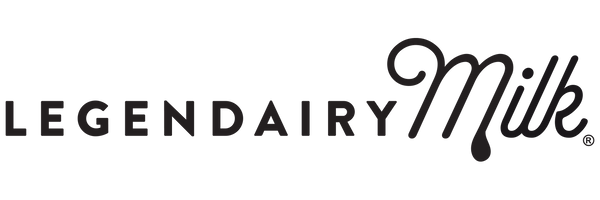There are different types of supplemental nursing systems. Each works differently and can be used in various circumstances. They provide a great alternative to bottles or other feeding devices if you want to feed your baby directly at the breast. There are many benefits for both parent and baby, but each system has some challenges to keep in mind. Many situations can arise when a supplemental nursing system is a helpful tool during your breastfeeding journey.
- Takes practice and time to learn
- Can leak sometimes
- Doesn’t work for all babies
- Tubing can be tricky to clean
All supplemental nursing systems have a learning curve to use, but they offer many benefits for sustaining a breastfeeding relationship. Many people find a supplemental nursing system well worth the investment of time and practice to experience all the joys of nursing their baby. Working with an IBCLC and experimenting yourself will help you become comfortable using a system that works well for you and your baby, whether you are using it for a short period of time or the entirety of your nursing journey.
Supplemental nursing systems provide a valuable and beneficial alternative to traditional feeding devices, allowing you to nourish and bond with your baby directly at the breast. While there may be challenges to overcome, the rewards are immense, including stimulating your milk supply, enhancing skin-to-skin contact, and fostering the baby's oral and muscle development. With patience, guidance from an IBCLC, and experimenting, you can find a supplemental nursing system that works best for you and your baby, enabling you to experience all the joys and fulfillment of breastfeeding.


